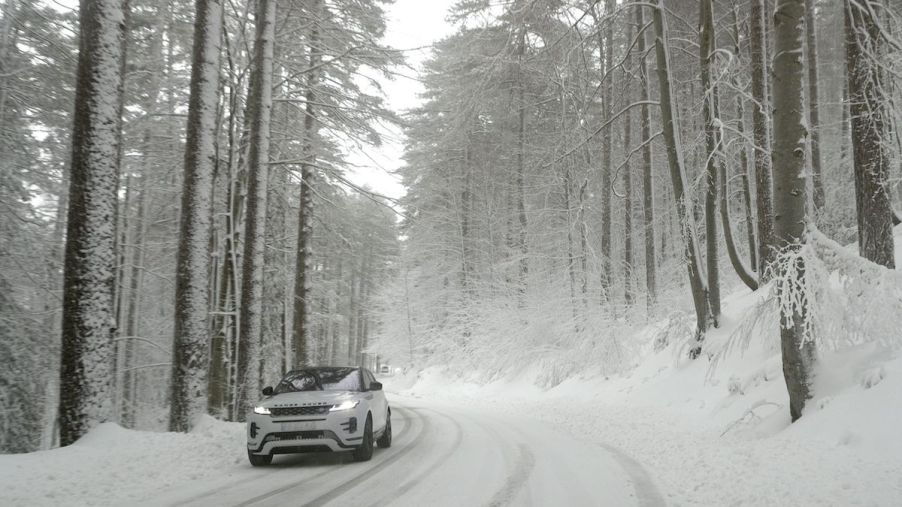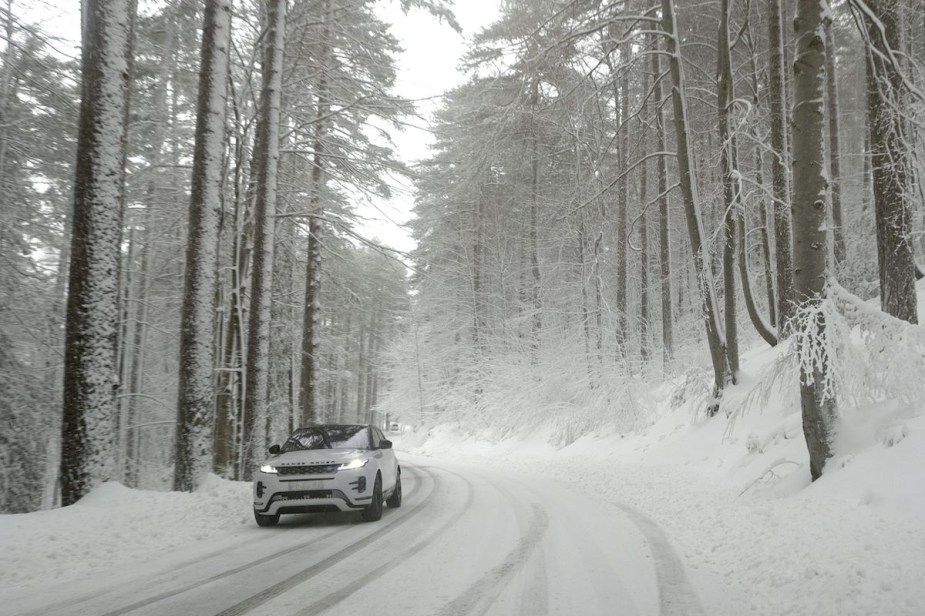
Why Winter Weather Lowers Your Fuel Economy and a Helpful Solution
If you live in a state that experiences colder temperatures, you know that winter weather lowers your fuel economy. With the prices the way they are at the pump, you don’t want to be spending too much to fuel up if you can help it. How exactly does winter affect your vehicle, and what can you do about it?
How winter weather affects car components

Winter is hard on vehicles. You can get stuck in deep snow, lose control of your vehicle on slippery roads, and ruin your car’s undercarriage from the salt highway crews lay down on the road to melt the snow and ice.
Cold temperatures wreak havoc as well. Your car’s electronics don’t work as efficiently as when it was warmer. It can also strain your car’s battery, sometimes leaving you stranded with nothing to power up the vehicle.
Why winter weather lowers your fuel economy
According to AAA, there are a few different reasons why winter lowers your fuel economy. First, wintry areas see more four-wheel drive vehicles on the road, which use more fuel than FWD cars.
Next, some people keep their vehicles running while they dash inside a store to pick up a few groceries. The purpose is to keep it warm for them when they return, but all they’re doing is wasting gas.
If you drive on slippery roads from snow and ice, you know that you have to proceed slower than you usually would. By going slower, you’re consuming more gas due to the energy it’s taking. Also, the colder outside air is a bit denser, which causes more resistance when a moving vehicle hits it.
While it’s tough to overcome some of these problems, there is one way that can help you eliminate losing fuel efficiency in winter weather. Store your vehicle in a garage if possible. This keeps the car, and its engine from getting too cold, so when you start it up to go, you won’t waste fuel getting them up to temperature before taking off.
Other tips for winter driving
Cold air affects your tire pressure. For every 10 degrees, the temp dips, and you lose half a pound of air. Using a tire pressure gauge, check the vehicle’s tires often and add air as recommended by the manufacturer. If not, they’ll wear out faster, and you will spend money replacing them unnecessarily.
When fueling up at a gas station, fill the tank completely. The less room you leave in the tank, the less room air or water vapor has to get in and contaminate the fuel. Water that gets into the fuel line can freeze, causing problems for your engine. If you suspect some may have gotten into your gas, use an antifreeze product for the fuel.
Motor oil tends to get thicker in the winter, which could make it hard to circulate through the engine properly. Using oil designed explicitly for colder temps, you don’t have to worry as much because this lubricant has a lower viscosity, which keeps it running thin. Your vehicle’s owner’s manual usually will recommend a specific type to use for that engine.
You may find yourself stopping at the gas station more often during the wintertime, which could get expensive, especially with fuel prices the way they are. But you can save some money by keeping your vehicle in a garage if possible. Also, keep tabs on the air pressure in your tires. You can save a little bit on fuel by keeping them appropriately inflated.


